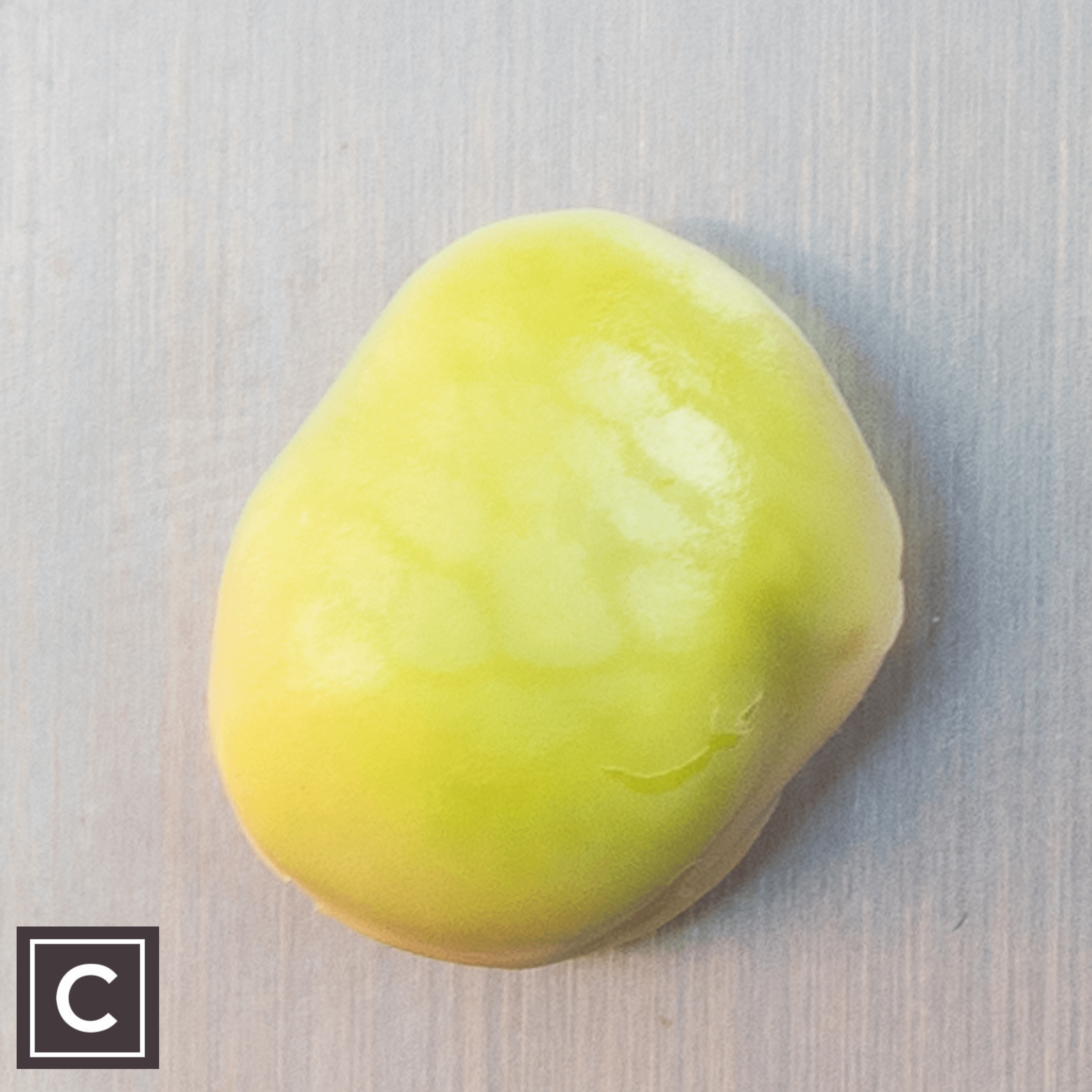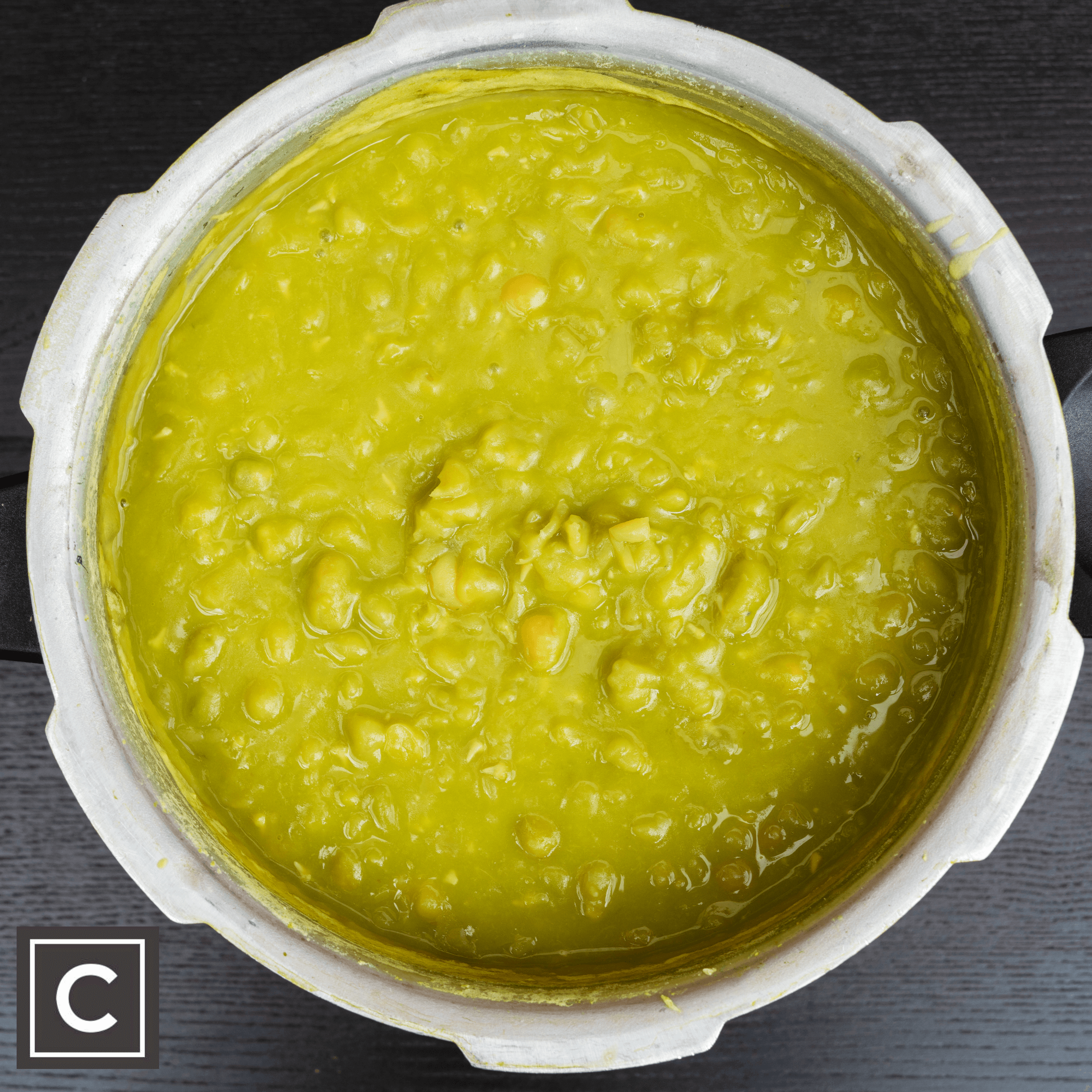Perfecting the Marrowfat Pea Soak
Posted by Stelios on 12th Aug 2023
We're all familiar with the routine of soaking marrowfat peas. The common adage has long been to let them steep overnight. But what does 'overnight' truly entail? 8 hours? Perhaps 12? Have you ever set peas to soak for the duration of a night only to be met with a frustratingly hard batch, even after cooking them for what feels like an eternity?
It's essential to understand the nature of the marrowfat pea. As a dried pea, its cells are closely packed with limited moisture. Among these cells lies pea fibre and a trace of soil, which underscores the importance of thorough cleaning. To demystify the optimal soaking time, we embarked on a detailed experiment.
Diving Deeper into the Experiment
After diligently washing the peas (as outlined in previous articles), we introduced bicarbonate of soda, submerged them in a container with water, and let them soak in the refrigerator. Our investigation entailed assessing the peas at 12-hour, 24-hour, and 36-hour intervals, wherein we weighed and measured a single pea for precision.
Dry Pea - The benchmark. We all know the typical characteristics of a dry marrowfat pea. Our subsequent observations compared against this standard.
12-Hour Interval - The peas expanded to 120% of their dried weight. They appeared fuller yet retained a firm structure. The skins largely remained intact, taking on a slightly gelatinous texture.
24-Hour Interval - Here, the peas inflated to 131% relative to the dry pea. Their appearance became plumper, with the skins starting to rupture, and they felt notably less gelatinous.
36-Hour Interval - The final check saw the peas swell to 145% compared to the dry state. They were at their plumpest, with visible cracks in the skins, which now felt thinner and devoid of gelatinous sensation.
Key Takeaways
1. Properly washing the peas allows for extended soaking without the water turning foul.
2. Refrigerated soaking ensures consistent results. Conversely, leaving peas at room temperature, especially during warmer months, may lead to bacterial growth, resulting in a stinking concoction and slimy peas.
Dispelling the Sprouting Myth - A prevalent notion is that peas might sprout if soaked beyond 24 hours. Our findings contradicted this. Soaking aims to sufficiently hydrate the pea, allowing the endosperm to expand, break the seed coat, and soften. For a pea to sprout, it typically requires around 21 days with temperatures between 15°C to 27°C.
Final Thoughts - While the tradition has been an overnight soak, our exploration underscores the importance of specificity. With dried pulses, the key lies in meticulous cleaning and optimal soaking. Fully hydrating the pea cells guarantees a flawless cooking outcome every time. A seemingly trivial increase to 2.5 times the weight can significantly enhance the efficiency of the cooking process.




